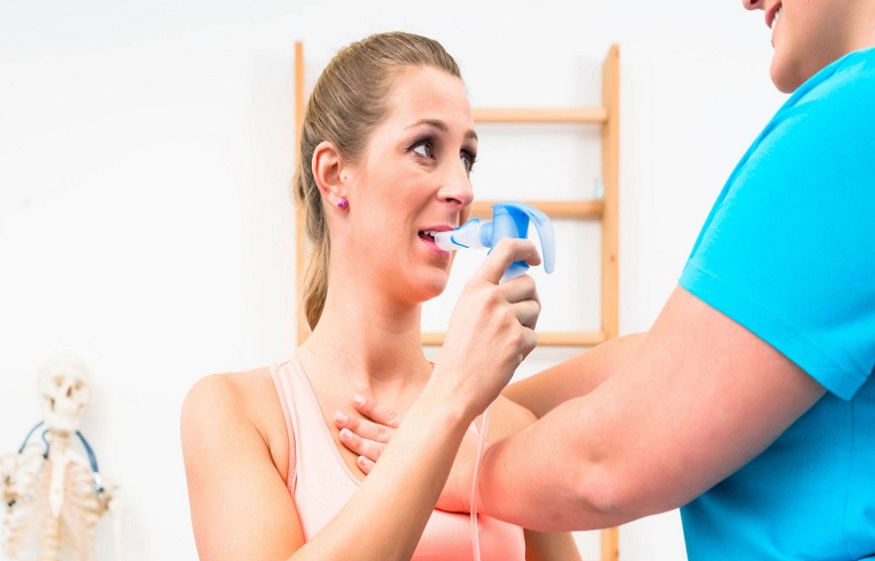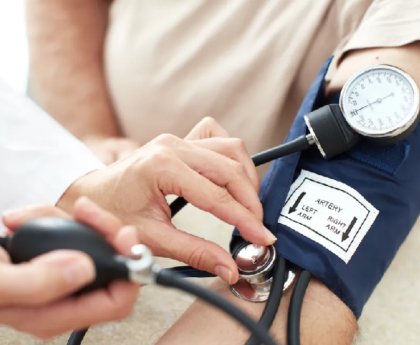Pulmonary rehabilitation is a comprehensive program designed to improve the physical and psychological well-being of individuals with chronic respiratory conditions, such as chronic obstructive pulmonary disease (COPD), interstitial lung disease (ILD), and idiopathic pulmonary fibrosis (IPF). The goal of pulmonary rehabilitation is to improve the patient’s ability to perform daily activities, reduce symptoms, and improve overall quality of life.
Pulmonary rehabilitation typically involves a combination of exercise training, breathing techniques, and education on managing respiratory symptoms. Exercise training typically includes both aerobic and strength training exercises, which are tailored to the individual’s level of fitness and respiratory function. Breathing techniques, such as breathing retraining and diaphragmatic breathing, are used to help improve breathing efficiency and reduce shortness of breath.
Education on managing respiratory symptoms is an important component of pulmonary rehabilitation, as it helps patients understand the importance of monitoring their symptoms and how to effectively manage them. This may include instruction on the use of supplemental oxygen, medications, and other treatments, as well as strategies for managing exacerbations (worsening of symptoms).
Pulmonary rehabilitation is typically conducted in a supervised setting, such as a hospital, rehabilitation center, or outpatient clinic. The frequency and duration of rehabilitation sessions will vary depending on the individual’s needs and goals.
In conclusion, pulmonary rehabilitation is a comprehensive program designed to improve the physical and psychological well-being of individuals with chronic respiratory conditions. The program typically involves exercise training, breathing techniques, and education on managing respiratory symptoms, and is conducted in a supervised setting with the goal of improving the patient’s ability
Certainly, here is an example to illustrate pulmonary rehabilitation:
A 65-year-old male patient with a diagnosis of COPD presents with increasing shortness of breath and difficulty performing daily activities. Further evaluation reveals that the patient has a history of smoking and has limited exercise tolerance.
Based on the patient’s symptoms and medical history, the healthcare provider recommends participation in a pulmonary rehabilitation program.
Exercise training: The patient is prescribed a gradual exercise program that includes both aerobic and strength training exercises, such as walking on a treadmill and resistance band exercises. The exercises are performed under the supervision of a physical therapist and are tailored to the patient’s level of fitness and respiratory function.
Breathing techniques: The patient is taught breathing retraining and diaphragmatic breathing techniques to help improve breathing efficiency and reduce shortness of breath.
Education: The patient is educated on the importance of monitoring his symptoms and how to effectively manage them, including the use of supplemental oxygen and medications as needed.
The patient attends pulmonary rehabilitation sessions twice a week for 12 weeks. Throughout the program, the patient’s progress is monitored and the exercise and breathing techniques are adjusted as needed.
At the end of the program, the patient reports significant improvement in his ability to perform daily activities and a reduction in his symptoms of shortness of breath. He continues to use the breathing techniques and exercises learned in the rehabilitation program as part of his ongoing management of his COPD.
In this example, the patient’s participation in a pulmonary rehabilitation program, consisting of exercise training, breathing techniques, and education, leads to significant improvement in his ability to perform daily activities and a reduction in his symptoms of shortness of breath. This highlights the effectiveness of pulmonary rehabilitation in managing chronic respiratory conditions, such as COPD.





